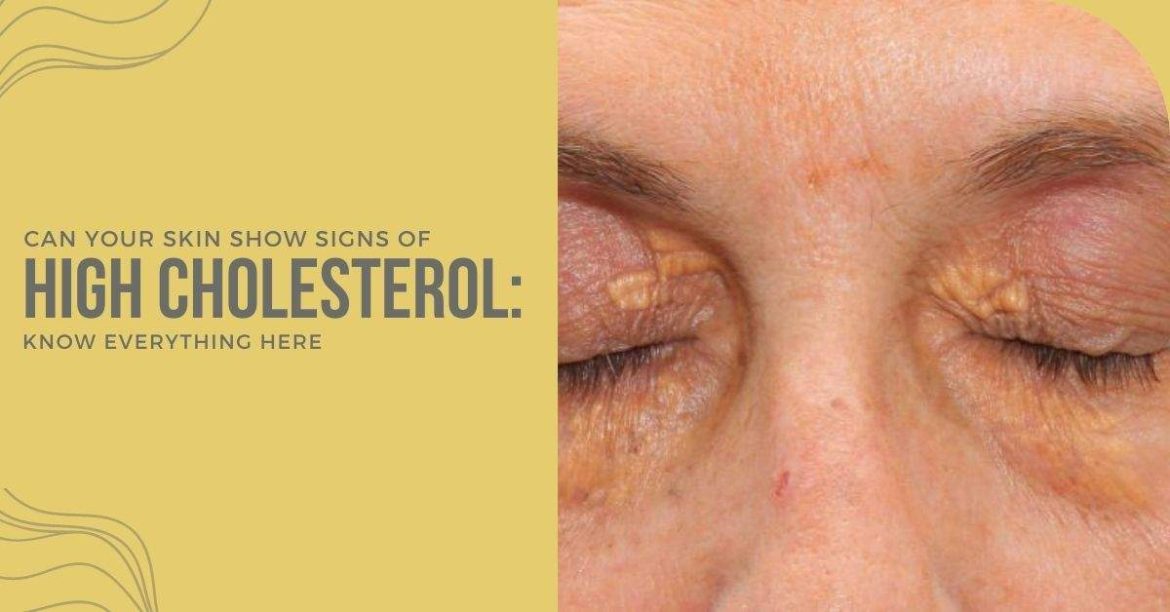High cholesterol, a condition characterized by elevated levels of cholesterol in the blood, poses significant risks to cardiovascular health. It often necessitates lifestyle changes, including dietary modifications and regular exercise, to manage effectively. While dietary adjustments can help control cholesterol intake, the role of exercise in managing cholesterol levels is equally pivotal. This article explores the relationship between exercise and high cholesterol, providing insights into how physical activity can benefit those with this condition.
What Is High Cholesterol?
Before delving into the specifics of exercise, it’s essential to grasp the fundamentals of high cholesterol. Cholesterol, a fatty substance produced by the liver and obtained through diet, plays a crucial role in various bodily functions. However, elevated levels of cholesterol, particularly low-density lipoprotein (LDL) cholesterol, often termed “bad” cholesterol, can lead to plaque buildup in the arteries. This buildup restricts blood flow and increases the risk of cardiovascular diseases such as heart attacks and strokes.
SEE ALSO: What Are The Best Ways to Treat Dyslipidemia?
High cholesterol can result from a combination of factors, including genetics, diet, lifestyle choices, and underlying health conditions. While medications such as statins are commonly prescribed to manage cholesterol levels, lifestyle modifications, including regular exercise, can complement medical treatment and contribute to overall cardiovascular health.
Can I Exercise with High Cholesterol?
Exercise can improve cholesterol. Moderate physical activity can help raise high-density lipoprotein (HDL) cholesterol, the “good” cholesterol. With your doctor’s OK, work up to at least 30 minutes of exercise five times a week or vigorous aerobic activity for 20 minutes three times a week.
The Role of Exercise in Managing Cholesterol Levels
Exercise as a Vital Component
Exercise is widely recognized as a cornerstone of cardiovascular health. It offers numerous benefits beyond weight management and muscle strength, including its profound impact on cholesterol levels. Engaging in regular physical activity can:
Increase HDL Cholesterol: High-density lipoprotein (HDL) cholesterol, often referred to as “good” cholesterol, helps transport LDL cholesterol away from the arteries to the liver, where it can be processed and eliminated from the body.
Exercise, particularly aerobic activities like jogging, swimming, or cycling, has been shown to elevate HDL cholesterol levels, thereby improving the overall cholesterol profile.
Promote Weight Management: Being overweight or obese can contribute to elevated LDL cholesterol levels. Exercise helps maintain a healthy weight or facilitate weight loss, which can lower LDL cholesterol and triglyceride levels while boosting HDL cholesterol.
Improve Insulin Sensitivity: Regular physical activity enhances insulin sensitivity, reducing the risk of developing type 2 diabetes—a condition closely linked to high cholesterol and cardiovascular disease risk.
Enhance Circulation and Cardiovascular Function: Exercise strengthens the heart muscle, improves blood circulation, and enhances overall cardiovascular function. These physiological benefits can help mitigate the adverse effects of high cholesterol on arterial health.
Designing An Exercise Regimen
Considerations for Individuals with High Cholesterol
While exercise is beneficial for managing cholesterol levels, individuals with high cholesterol should approach physical activity with certain considerations:
Consultation with Healthcare Providers: Before starting a new exercise regimen, especially for individuals with pre-existing health conditions or those taking cholesterol-lowering medications, consulting with a healthcare provider is crucial. They can provide personalized recommendations based on individual health status and medical history.
Types of Exercise: Incorporating a variety of exercises into one’s routine can be beneficial. Aerobic activities, strength training, and flexibility exercises each contribute differently to cardiovascular health and overall well-being.
Moderation and Gradual Progression: Starting slowly and gradually increasing the intensity and duration of exercise sessions can prevent injuries and allow the body to adapt progressively.
Tips for Safe And Effective Exercise
Practical Steps to Incorporate Exercise into a Healthy Lifestyle
To optimize the benefits of exercise for managing high cholesterol, consider the following tips:
Set Realistic Goals: Establish achievable fitness goals that align with personal health objectives and adhere to them consistently.
Monitor Progress: Tracking progress, whether through journaling or using fitness apps, can provide motivation and insights into the effectiveness of your exercise routine.
Stay Hydrated and Nourished: Proper hydration and nutrition are essential for supporting physical activity and overall health. Consuming a balanced diet rich in fruits, vegetables, whole grains, and lean proteins complements the benefits of exercise.
Prioritize Consistency: Regularity in physical activity is key to maintaining cardiovascular health and managing cholesterol levels effectively. Aim for at least 150 minutes of moderate-intensity aerobic exercise per week, as recommended by health guidelines.
Conclusion
In conclusion, exercise is not only safe but highly beneficial for individuals with high cholesterol. By incorporating regular physical activity into a balanced lifestyle, individuals can improve their cholesterol profile, enhance cardiovascular health, and reduce the risk of heart disease. However, it’s essential to approach exercise with mindfulness, taking into account individual health considerations and seeking guidance from healthcare professionals when necessary. With dedication and informed choices, exercise can be a powerful tool in managing high cholesterol and promoting overall well-being.

